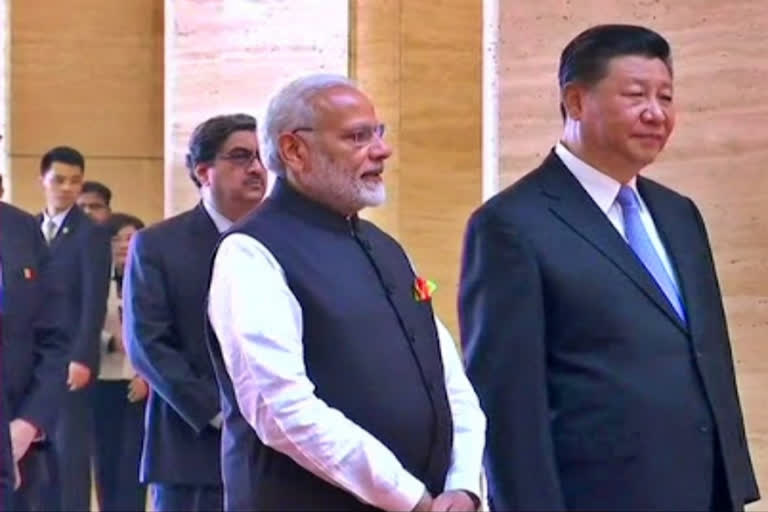New Delhi: Amid aggressive postures between soldiers of the world’s two largest militaries in eastern Ladakh, a China government mouthpiece and state-owned media, hinting at the escalating hostility between the two countries, has said ties between India and China is entering a ‘new stage’.
An editorial in the ‘Global Times’, understood to be reflecting the China government’s standpoint, has said: “A lack of positive signals coupled with India's recent moves that have caused new tension at the China-India border, relations between the two countries seem to be entering a new stage… There is still a long way before bilateral ties can move to the next level.”
The opinion piece, all of which are commonly vetted by the China government, added: “A ‘political virus’ against China is spreading in the US, and it is hoped that India will not become similarly infected."
Reports, not officially confirmed by Indian army, say thousands of soldiers and equipment are being rapidly mobilized by both India and China just behind the frontlines in eastern Ladakh where Indian and PLA soldiers have pitched hundreds of tents and face each other in near eyeball-to-eyeball situation.
The very sparsely-populated region remains under snow for most of the year. Skirmishes between the two armies are common in summers when the snow melts and the land becomes barren and dry.
Also Read: 10 reasons why turbulence has hit India-China ties
A strong spark to the latest border row was provided by a May 5 incident when a violent fistfight took place between the two armies in a location on the north side of the Pangong Tsa (lake) in eastern Ladakh where soldiers of the two militaries confronted each other. Another similar incident took place on May 9 when another fistfight took place near the 5,000 metre altitude Naku La pass in north Sikkim. At least 100 soldiers on both sides are believed to have been injured in the two incidents.
Since then, several spots in eastern Ladakh across a 20-km-long vanguard have seen mobilization of both forces.
Significantly, the US Department of Defense has very recently released a paper titled “United States Strategic Approach to The People’s Republic of China”.
Accusing China of provocative action against its neighbours, the paper says: “Beijing contradicts its rhetoric and flouts its commitments to its neighbors by engaging in provocative and coercive military and paramilitary activities in the Yellow Sea, the East and South China Seas, the Taiwan Strait, and Sino-Indian border areas."
Outlining the importance of roping in other countries to counter China, it says: “The US is working in concert with mutually aligned visions and approaches such as the ASEAN’s Outlook on the Indo-Pacific, Japan’s free and open Indo-Pacific vision, India’s Security and Growth for All in the Region policy, Australia’s Indo-Pacific concept, the Republic of Korea’s New Southern Policy, and Taiwan’s New Southbound Policy.”
With the eastern Ladakh border faceoff not expected to end very soon and both the militaries preparing for the long haul, the escalating China-US rivalry has seemingly found a new front high up in the Himalayas.
Also Read: Amid China border row, top Indian Army commanders to meet on Wednesday



